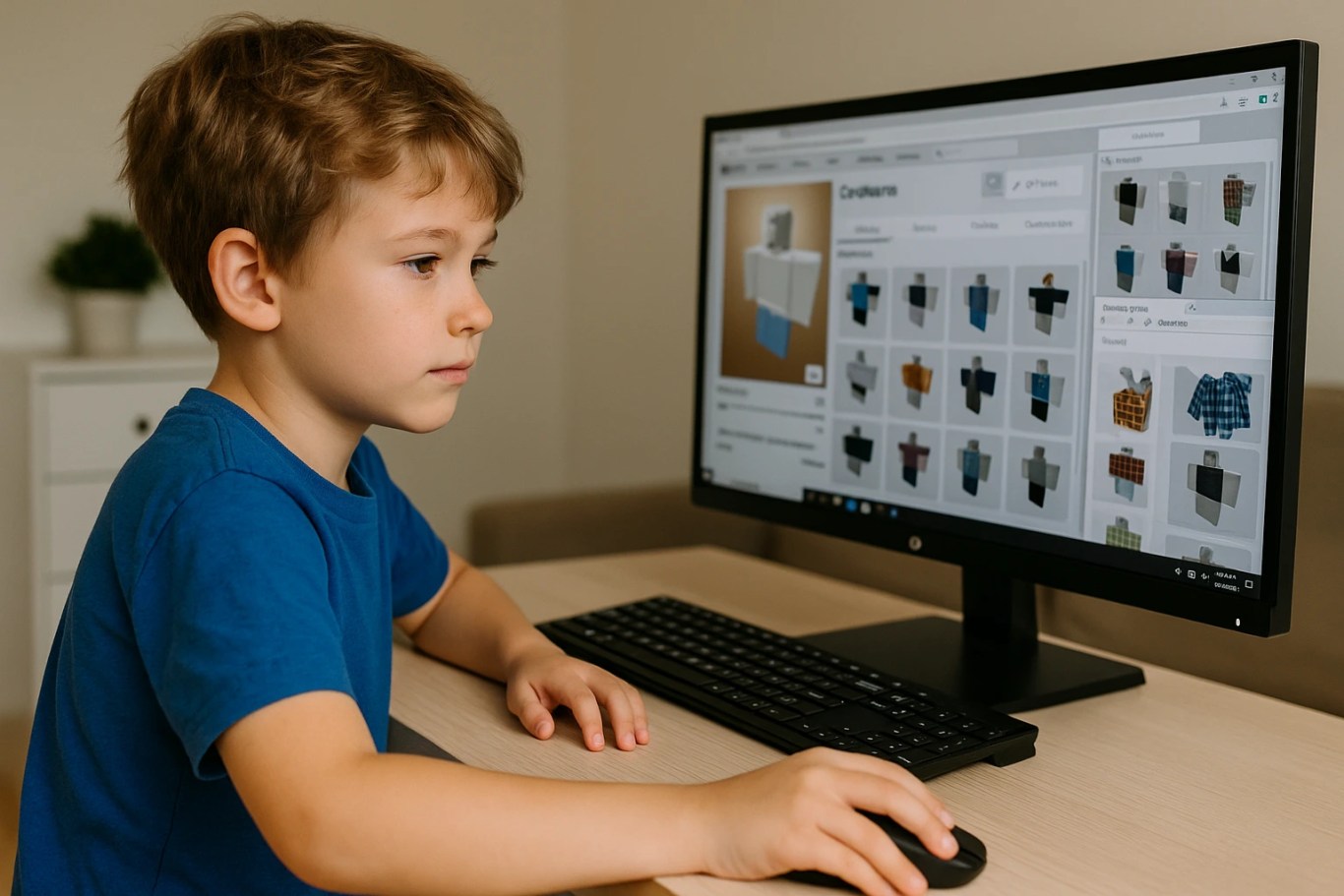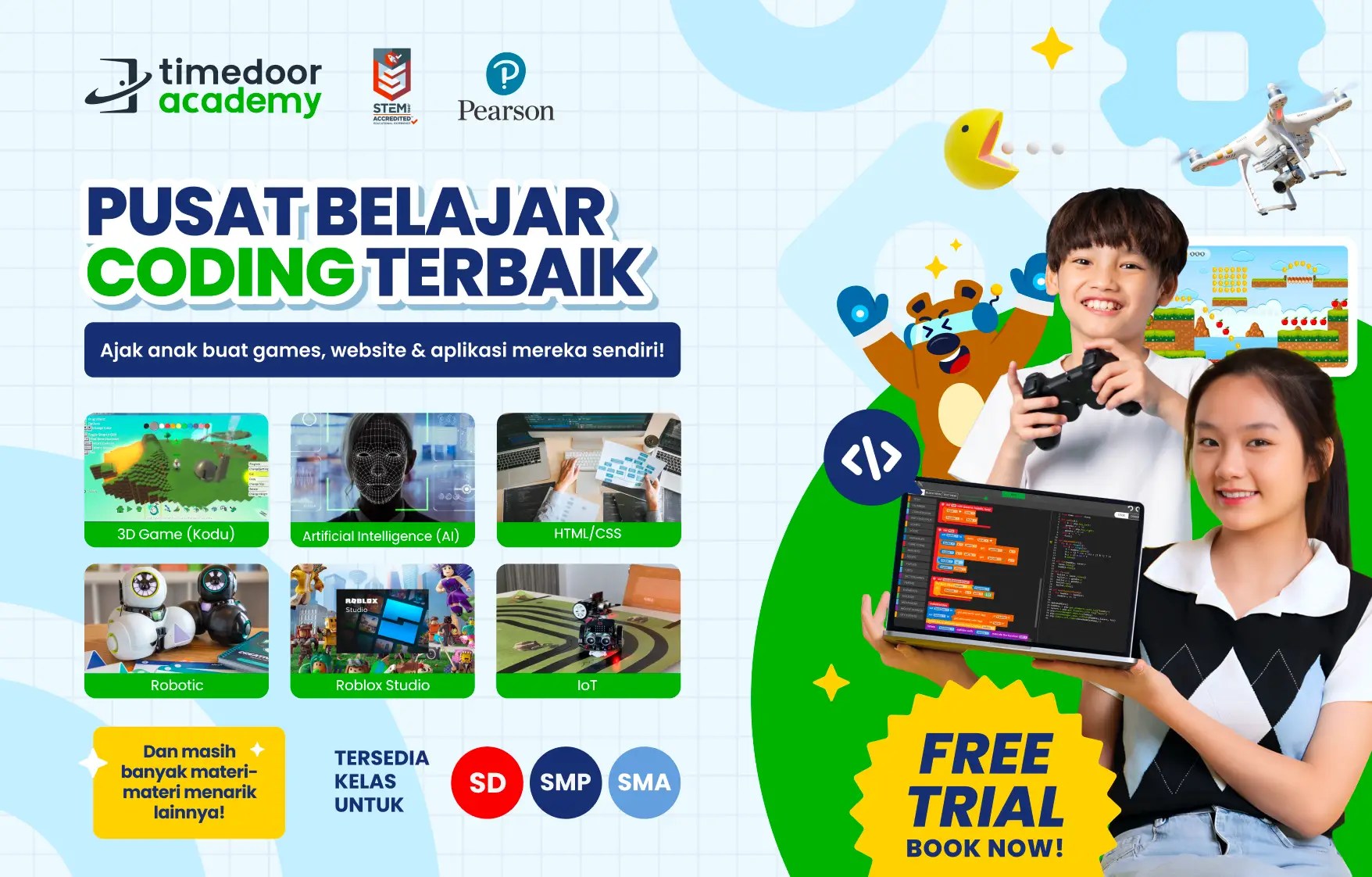Complete Guide How to Make a Roblox Skin for Your Child

For many children, gaming has evolved beyond entertainment. It has become a creative outlet and a way to express themselves. One of the most popular platforms among kids and teens today is Roblox. This game allows users to create virtual worlds and customize their avatars to reflect their unique personalities. That’s why learning how to make a Roblox skin can be both fun and educational for your child.
What Is a Roblox Skin?

In Roblox, a skin refers to the appearance of a player’s avatar. Children can personalize their avatars by changing clothing, skin tones, hairstyles, accessories, and more. These skins aren’t just for looks. They’re tools for creativity and learning, especially when kids use Roblox Studio to explore deeper customization options.
Why Should Kids Learn to Make Their Own Skins?

Introducing children to how to make a Roblox skin has numerous benefits. First, it encourages creativity. Kids get to explore color combinations, design themes, and styles. Second, they gain exposure to basic digital tools and visual design principles.
This process also supports problem-solving skills. Children often need to experiment and refine their designs to achieve the result they envision. Best of all, it transforms screen time into something more productive and purposeful.
What Tools Are Needed?
To help your child get started with how to make a Roblox skin, you’ll need just a few basic items:
- An active Roblox account
- A computer or laptop
- Access to Roblox Studio (available free on Roblox’s official site)
- A downloadable Roblox skin template
Roblox provides flat skin templates that show the layout of each part of the avatar, including the head, torso, arms, and legs. These templates serve as the base for customization.
Step-by-Step Instructions on How to Make a Roblox Skin
Here’s a simple guide that parents and children can follow together:
- Download the official template from the Roblox Developer site. This template helps with precise customization.
- Use a graphic editing tool such as Paint.NET, GIMP, or even Pixlr. Choose software that’s beginner-friendly and age-appropriate.
- Design the skin by adding colors, patterns, logos, or any details your child enjoys. Let them express their personality.
- Save the file in PNG format without altering the original dimensions.
- Upload the skin to Roblox Studio and preview how it looks in the game.
These steps are not just technical but also developmental. Kids will become familiar with software tools, layout concepts, and creative thinking.
Tips to Make the Experience More Enjoyable

To ensure your child has fun while learning how to make a Roblox skin, here are a few practical tips:
- Encourage creative freedom. Allow children to explore their ideas without strict limitations.
- Turn it into a shared project. Parents can join the process to build stronger connections with their kids.
- Celebrate their creations. Offering praise builds self-confidence and motivates kids to keep learning.
Making a Roblox skin is not just a hobby. It’s a gateway into the world of design and digital literacy.
Connecting Hobbies with Digital Learning

Exploring how to make a Roblox skin can be an entry point into broader tech skills. Roblox Studio even allows users to add scripts using Lua, a programming language. If your child shows an interest in going further, this could be an ideal time to introduce them to structured learning in technology.
Through this hobby, children get a hands-on introduction to digital tools, design logic, and maybe even a little coding. It’s an excellent way to turn a pastime into a valuable learning experience.
Try a Free Coding Class at Timedoor Academy

Ingin tahu detail program?
Helping your child discover how to make a Roblox skin is more than just a gaming activity. It nurtures creativity, boosts digital confidence, and introduces the basics of design and technology. With the right guidance, what begins as a simple customization project can lead to a deeper interest in tech-based learning.
If you’re looking for a fun and structured way for your child to explore coding, creativity, and digital tools, Timedoor Academy offers coding classes specially designed for kids. These programs are interactive, age-appropriate, and focus on building skills for the future.
Sign up today for a free trial at Timedoor Academy and support your child’s journey into the world of technology in a fun and meaningful way.



